One thing that sleep studies are known for is that they are entirely painless. The polysomnogram (PSG), multiple sleep latency test (MSLT), and maintenance of wakefulness test are done at a sleep center. These studies are conducted in rooms that appear like some room in the hotel. A trained expert who is also called as the technician prepares the room so that you feel comfortable. Also, the temperature of the room is set according to your preferences.

The volunteers of sleep study have their maximum interactions with nurses and the technicians. The staff will willingly answer all the questions that you have about the tests. However, they are usually not permitted to reveal the results of the test.
Actigraphy
- For this test, you do not require to go to a sleep center. A small device called actigraph is to be worn by the patient or the volunteer. The device can be worn on the wrist, just like a watch. There are no restrictions on you.
- You can follow the normal routine while wearing the device. However, the device must be kept away from water. You need to remove the device while exposing yourself to the water in activities like bathing and swimming.
- The device measures the sleep-wake behavior for a period of three to seven days. The test result gives your doctor a refined idea about your sleeping habits. This includes the sleep that you complete in a nap, or routine sleep, and whether the lights were switched on when you were sleeping or not.
- Doctors often advice maintaining a sleep diary for the period for which you are wearing the actigraph.
Home-based Portable Monitor Test
- A home-based test is possible only if you have a home-based portable monitor test equipment at your home. The equipment has to be set up before you go to sleep. Someone from doctor’s office or a technician at the sleep centre will demonstrate you how to use the machine.
- The technicians also pay home visits for helping you prepare the home for the study. At home, the test results are subject to the technical calibre of the volunteer in handling the machine. Therefore, the test is not so famous.
Polysomnogram
- Sticky patches with sensors that are called electrodes are placed on the body parts like scalp, face, chest, limbs, and a finger while you are sleeping. The function of these sensors is to record your brain activity while you are sleeping.
- Along with the brain, the sensors also record the movements of the eye, heart rate and rhythm, blood pressure and the oxygen amount in the blood.
Conclusion
The tests have proved highly useful in the field of clinical research. You must consult a clinical practitioner before undergoing such tests.


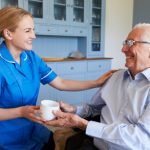








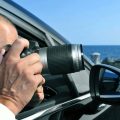




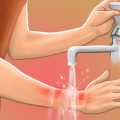

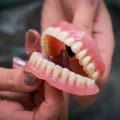



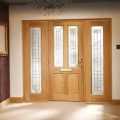






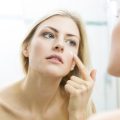
No Comments
Leave a comment Cancel